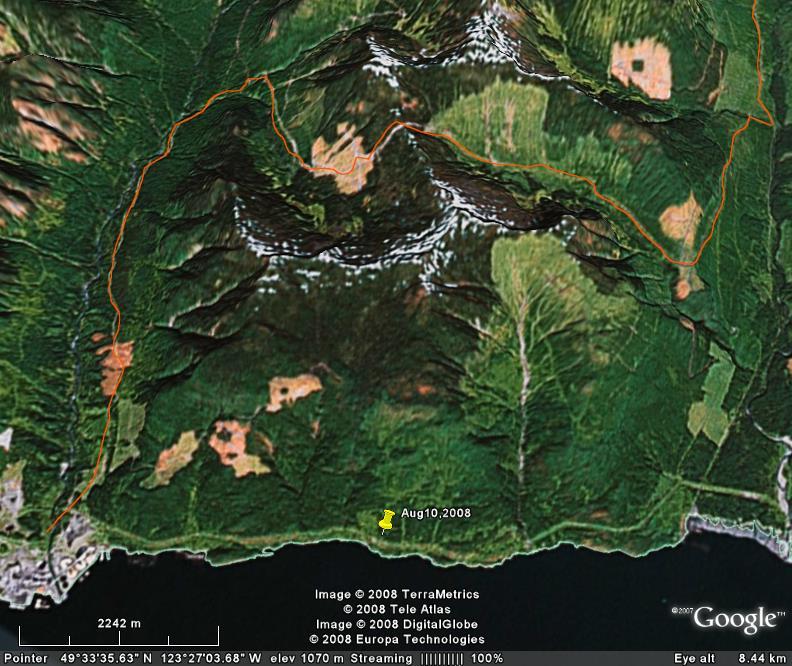
Google Earth patches together numerous satellite images to create it's interactive map of the world. "Even if you're a kid in rural India on a 2G network, we want you to be able to access Google Earth in a meaningful way," Shah told Live Science. According to Gopal Shah, Google Earth's product manager, the development team consists of four to five user experience designers, and around 30 engineers who are mostly focused on improving the app's ability to send data. The imagery and data used by Google Earth is collected through partnerships with NASA, National Geographic and others, making it quite a collective effort. As new images become available via satellite and aerial imagery, the map is constantly updated to reflect our ever-changing world. Google Earth features 3D reconstructions, annotation tools and satellite imagery provided by NASA dating back all the way back to 1984, allowing users to virtually travel back in time.

Unveiled in 2017, the new app is now available via Google's Chrome browser and by downloading their standalone app. In 2015, the development team started planning a revamped version that focused on accessibility and availability.

Launched in 2005, Google Earth was the first widely available, interactive composite map of our world.


 0 kommentar(er)
0 kommentar(er)
